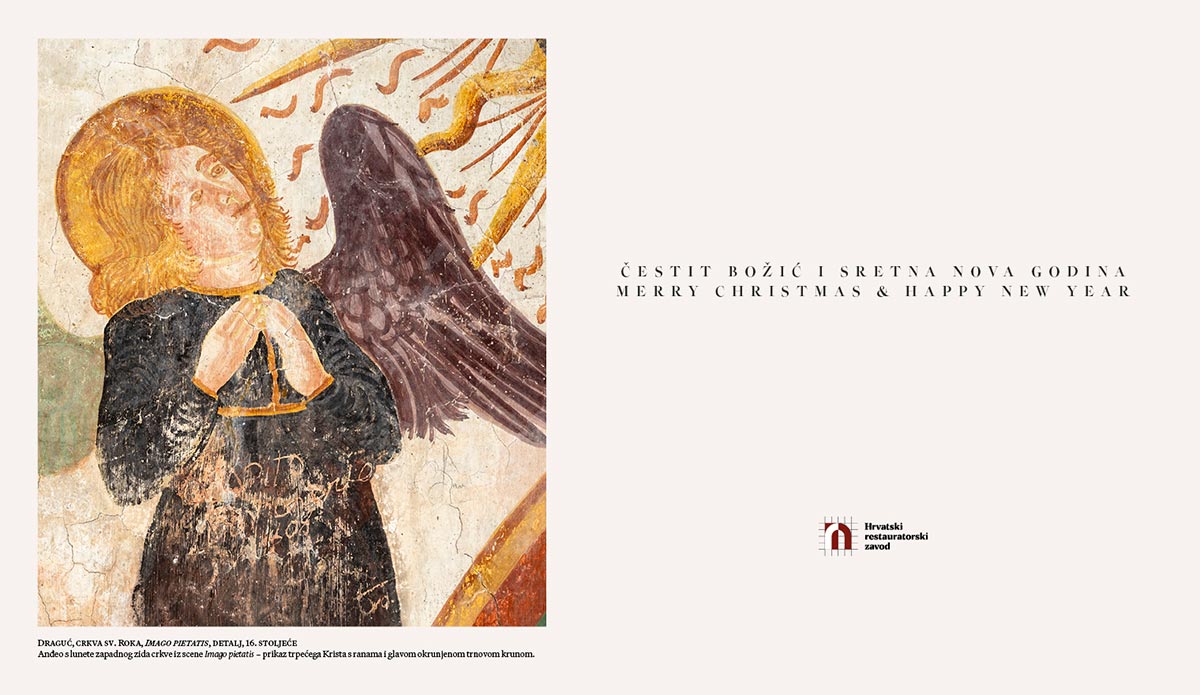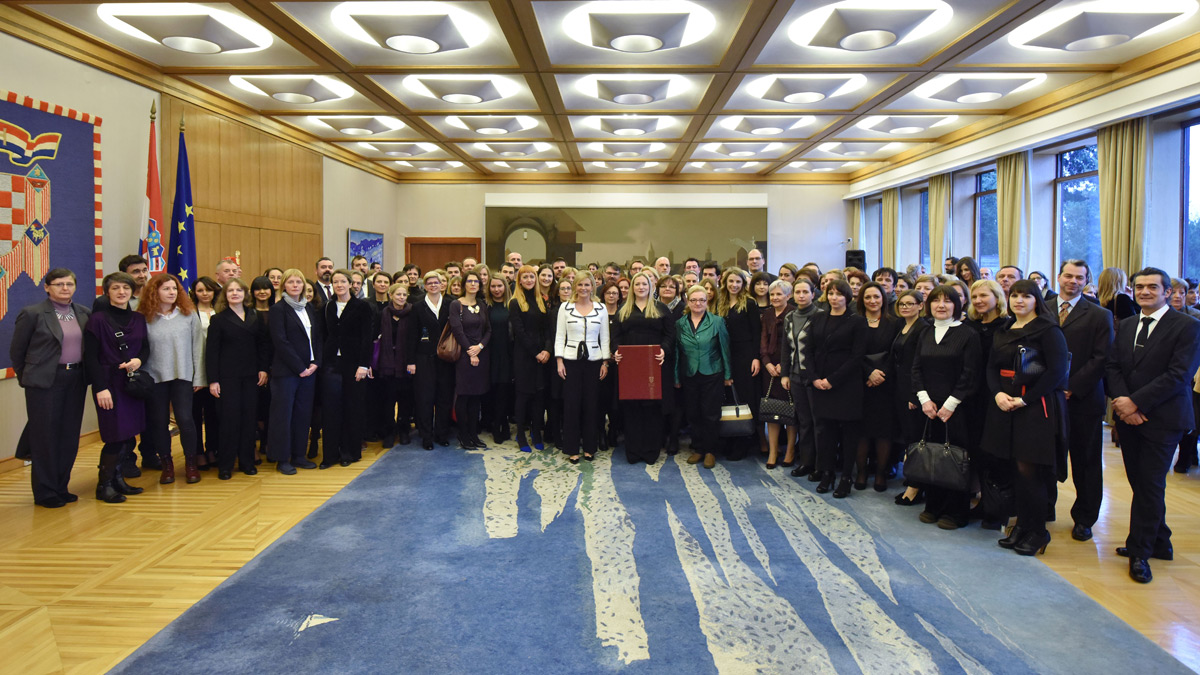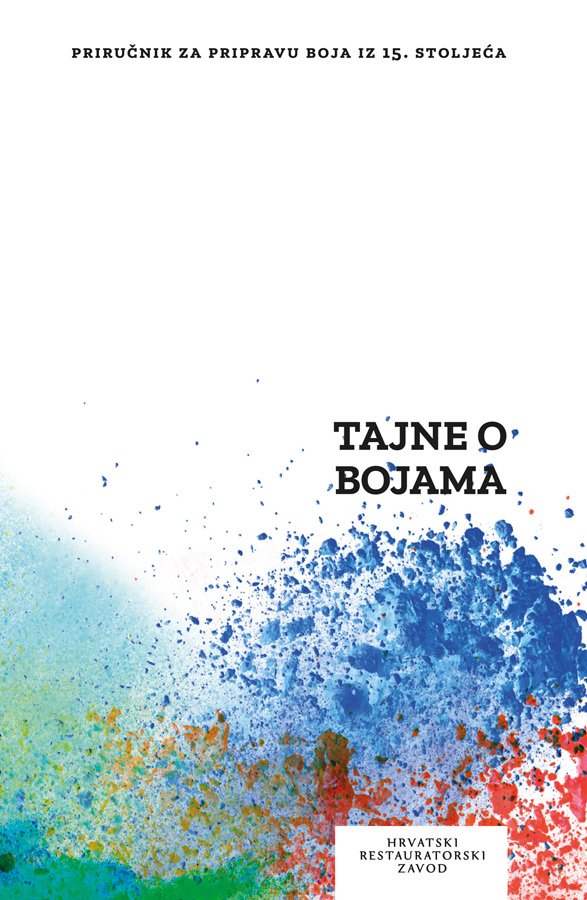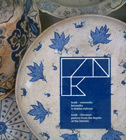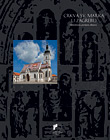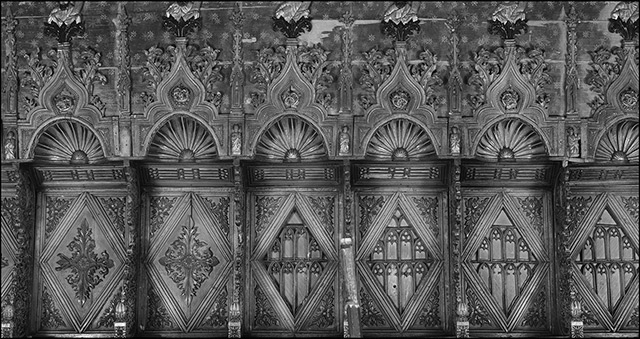
From the first moment you see the wooden choir from the elevated entrance to the cathedral, defined from the 13th to the 15th century by the fusion of Romanesque-Gothic stylistic solutions, it seems to be the last refuge for the researcher of its chronology. The choir was designed and built to the size and shape of the sanctuary and for the entire chapter of the Trogir diocese, while its current shape, construction and painted layer are the result of the 1736 restoration, and the dark brown colour reflects the sum of later interventions.
The chronology of repairs, arrangement and reorganization of parts of the choir are from 1736, 1824, 1852 and the 1960s, while the results of carbon dating point to the fact that some appliques belong to older benches from the 14th century.
Untouched by conservation solutions of modern times, this layered and fragile wooden structure with more than three thousand elements of larch, spruce, walnut and linden wood combined with more than ten thousand forged nails, is a rarity in Europe and a great challenge for experts since it has been in use for almost six hundred years.
For six centuries, a fascinating two thousand kilograms of a dusty mixture of sand, earth, nails, stones, bones, various objects (buttons, fragments of liturgical books, tortoiseshell glasses, coins, earrings, pottery fragments, etc.), plaster… were deposited in their "secret" chambers, and later extracted and processed.
Experts from the Split Department for Conservation of the Croatian Conservation Institute started microclimatic and thermographic monitoring in 2016, which revealed dangerous parameters for wood stability, so cleaning and ventilating the chambers significantly reduced the penetration of moisture into the wood.
Architectural surveys were made for both wings of the choir benches. The layers of polychromy and their condition were analysed, and pigments and binders were identified. Traces of woodworking tools were confirmed (and used to determine types of tools, as well as methods and techniques).
The work on the outer surface of the choir stalls (approximately 200 m2), after removing the accumulations of wax and chewing gum (children also sit in the benches today), was carried out using dry methods, and then with a series of prepared ionized solutions. The benches were fumigated, the construction was strengthened, and the deteriorated platforms were replaced (removing the accumulated material from the chambers). Major damage was reconstructed and appliques found in the sacristy of the cathedral were mounted. The integral retouching of the whole was performed respecting the traces of wear. Power lines and lamps were removed and special lighting was designed.
The conservation campaign of the most representative Gothic wooden choir stalls (Zadar, Rab and Trogir), carried out by the Croatian Conservation Institute in the last ten years using modern methods and methodologies of interdisciplinary research, has aroused professional interest in this exceptional corpus of Croatian heritage and opened new chapters of understanding historical development of sanctuaries in Croatian cathedrals.








